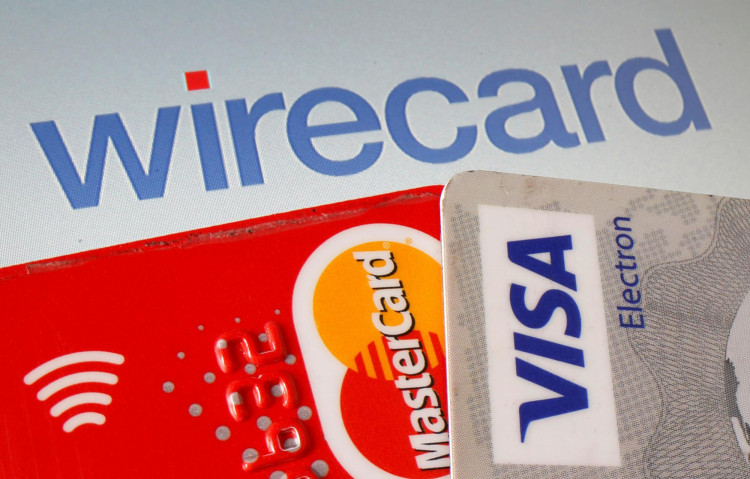Credit card delinquencies are on the rise, with nearly a fifth of borrowers "maxed-out" on their available credit, according to a new report from the New York Federal Reserve's Center for Microeconomic Data. The research shows that household debt increased by 1.1 percent, or $184 billion, in the first quarter of the year, bringing the total to a staggering $17.69 trillion.
Joelle Scally, regional economic principal within the household and public policy research division at the bank, stated in a press release, "In the first quarter of 2024, credit card and auto loan transition rates into serious delinquency continued to rise across all age groups. An increasing number of borrowers missed credit card payments, revealing worsening financial distress among some households."
While the nationwide aggregate credit card utilization rate remained at 23 percent in the first quarter, consistent with previous quarters, a closer examination of the data revealed significant disparities in utilization rates among borrowers. Nearly half of borrowers used less than 20 percent of their available credit, while 18 percent, dubbed "maxed-out borrowers," used at least 90 percent of their available credit.
The report found that before the coronavirus pandemic, less than a quarter of balances associated with maxed-out borrowers had gone delinquent per year. However, last year saw roughly a third of these balances become delinquent. The research also revealed that younger borrowers and those residing in low-income areas were more likely to be maxed-out on their credit cards.
Aggregate delinquency rates increased during the first quarter, with 3.2 percent of outstanding debt in some stage of delinquency at the end of March. "Delinquency transition rates increased for all debt types. Annualized, approximately 8.9% of credit card balances and 7.9% of auto loans transitioned into delinquency," the report stated. "Delinquency transition rates for mortgages increased by 0.3 percentage points yet remain low by historic standards."
The rise in credit card delinquencies is particularly concerning given the record-high interest rates that borrowers are facing. The average credit card annual percentage rate (APR) reached a new record of 20.72% last week, according to a Bankrate database dating back to 1985. The previous record was 19% in July 1991.
New York Fed researchers offered several theories for the notable uptick in delinquencies, despite the low unemployment rate. These include consumers draining their excess savings built up during the pandemic while continuing to spend at high levels, churn in the labor market resulting in Americans finding employment at lower salaries, and artificially inflated credit scores due to the pause in reporting student loan debt to credit bureaus during the pandemic.
The rise in credit card usage and debt is particularly worrisome as Americans struggle with the financial pressures created by high inflation and interest rates. Low-income households are disproportionately affected by these challenges, as they are forced to pay more for essential items like food and rent.
As the Federal Reserve continues its aggressive interest rate hike campaign to combat stubborn inflation and cool the economy, the financial burden on households is likely to persist. While inflation has cooled in recent months, it remains 3.7% higher compared to one year ago, according to the most recent Labor Department data.





